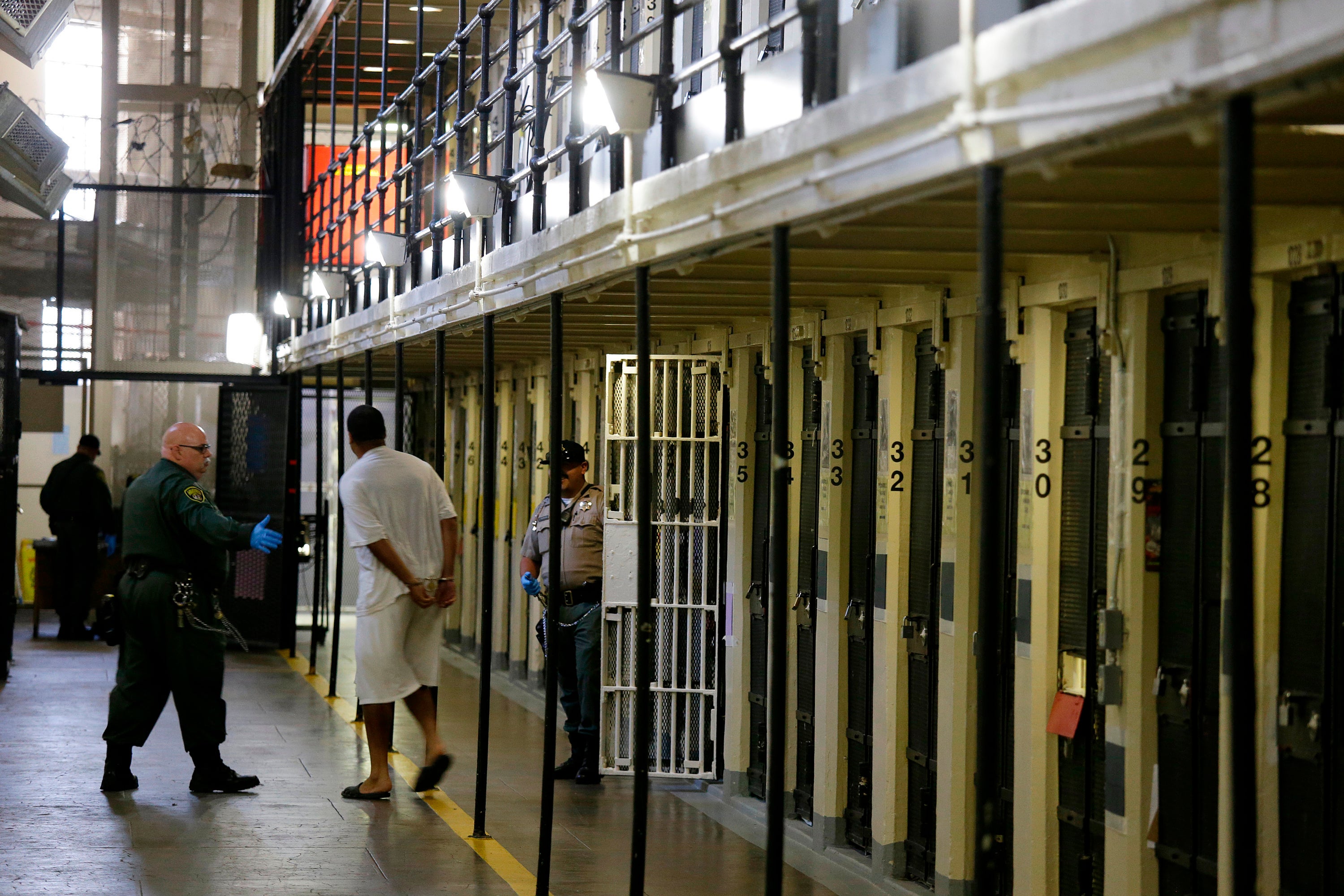Don’t call Gavin Newsom a hero for shutting down California’s death row
As someone who works in criminal justice, I know the truth of the situation


“San Quentin, I hate every inch of you.” Johnny Cash debuted his song “San Quentin” before a crowd of inmates in February 1969. “I’ve seen ‘em come and go and I’ve seen them die. And long ago I stopped askin’ why,” went the lyrics.
Men and women have been dying at San Quentin since it opened in 1854. Its first executions took place in 1893, by hanging and gas and lethal injection. Since 1937, California law has required that all men under death sentence in California be held in a single place, on San Quentin’s notorious death row; women sentenced to die are held not far away at Chowchilla and brought to San Quentin for execution.
It is doubtful many death row inmates were allowed to see Johnny Cash. Then, as now, they are subject to stringent restrictions which likely would not have included a night with The Man in Black. And California has executed very few inmates since that concert. Indeed, as a result of various decisions by both California and federal courts, there were no executions in California for the 25 years from 1967 to 1992.
Yet California juries kept on handing out death sentences. That means that California houses far and away the largest death row in the country, with 682 men at San Quentin and 13 women at Chowchilla.
This week, Governor Newsom announced that California will be moving to dismantle its enormous death row by moving condemned inmates to other prisons within two years and integrating them into general prison populations throughout the state. According to Newsom, the goal for San Quentin is to “develop options for [the] space focused on creating a positive, healing environment to provide increased rehabilitative, educational and health care opportunities.” The shutdown of San Quentin’s death row and dispersal of its nearly 700 residents follows his 2019 declaration of a moratorium on all executions in the state.
Newsom believes that the death penalty system is broken. “The prospect of your ending up on death row has more to do with your wealth and race than it does your guilt or innocence,” he said. “We talk about justice, we preach justice, but as a nation, we don’t practice it on death row.” An advisory panel to Newsom and the legislature, the Committee on Revision of the Penal Code, in November called for a repeal of the death penalty, calling its process “beyond repair.”
Newsom and the Committee are right. Of the 695 condemned prisoners, just under 40 percent are Black, just over 30 percent are white, and approximately 25 percent are Latinx. Death row does not look like the rest of California, which is just 5 percent Black, 39 percent Latino and 35 percent white.
No executions; the dismantling of the largest death row in America; a “positive, healing” space to replace a place of dread and racist injustice: This all sounds positive as far as it goes, which, as it turns out, is not very far.
Capital punishment is, first and last, a political issue. It is symbolic pandering to fear of crime. Death-eligible felonies, even death-eligible homicides, are a negligible percentage of violent crime. Every murderer in California could be executed and it is doubtful it would affect either the crime rates or the perception that the state is under siege. And no doubt those executed would include those who are later exonerated; it is believed that approximately one in eight people executed is innocent.
But of course not every convicted murderer — guilty or innocent — is sentenced to death. That is where racism comes in. The greatest predictor of execution is the race of the victim, and then the race of the perpetrator.
There is no reliable data — none — to provide support for the “gut feeling” that the death penalty is a deterrent generally or that it prevents specific killers from killing again. Killing people based on a hunch or a feeling — when actual data shows that hunch or feeling often reflects conscious or unconscious fear or bias — is unacceptable, as a matter of policy or conscience.
Newsom has far more effective options at his disposal than he has employed and his actions smack either of hubris or political calculation. What Newsom has done is made sure that 695 condemned men and women will not be executed while he is in office. But they will remain condemned. He is not governor for life; indeed, he is up for re-election this year, and even if he wins he is term-limited.
Newsom could, with one stroke of a pen, commute all 695 death sentences — and the death sentences imposed on all others while he is in office. This would assure that none of these people would be executed. The death row population would fall to zero.
He knows that, but he is up for re-election. And Newsom survived a recall election a few months ago that many worried he would lose. His primary opponent was Larry Elder, a right-wing talk show host who ardently supports the death penalty. Now, would blue California ever elect a deep red, death-dealing conservative? Well, they didn’t this time. But Gray Davis was elected as a Democrat in 1998 and he supported the death penalty, denied nearly all requests for clemency and allowed executions. He in turn was recalled, and replaced by Arnold Schwarzenegger, who also presided over a controversial execution.
Moving condemned men and women out of San Quentin might make their living conditions marginally better. The prisoners who remain might find a more “positive, healing environment,” although political pressure and underfunding quickly dooms most rehabilitation programs that might make much of a difference to inmates. If courageous politicians want to stop the death penalty, they should start by commuting every death sentence within their power and by working to legislate state-sanctioned death out of the penal code.
Even if San Quentin “rots and burns in hell,” as Cash sang, dispersing death row around the state does not solve the problem. Indeed, many might be sent to Folsom Prison, where Johnny Cash also sang, “I ain’t seen the sunshine since I don’t know when.” Justice and healing require real change, not just a change of scenery.
Eric Lewis is a human rights lawyer who lives and works in New York City. He also sits on the board of The Independent

Join our commenting forum
Join thought-provoking conversations, follow other Independent readers and see their replies